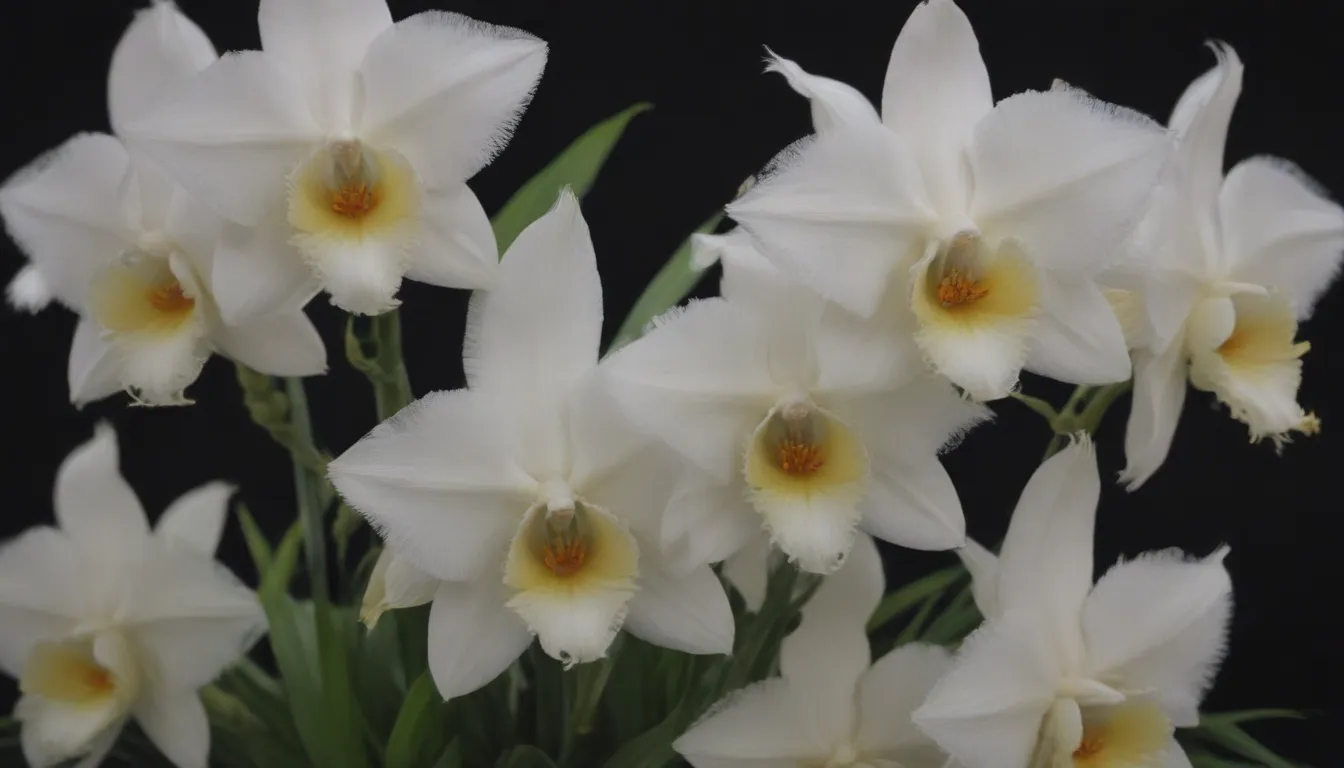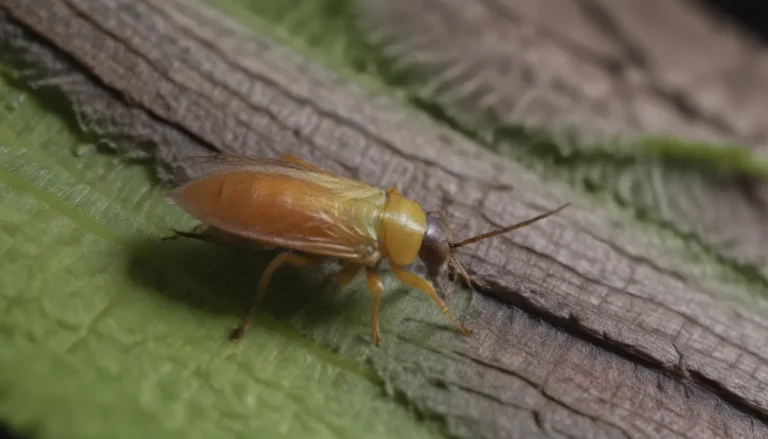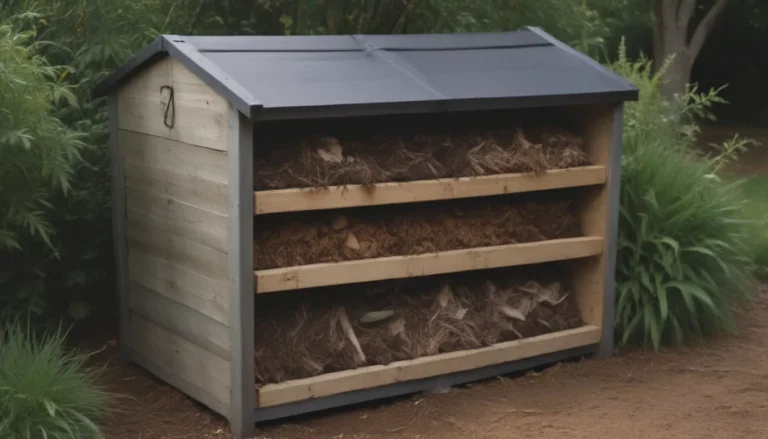The Ultimate Guide to Growing and Caring for White Egret Orchids

If you’re looking to add a touch of elegance to your garden, the white egret orchid is a perfect choice. Named for its resemblance to a white egret in flight, this stunning flower is native to Japan, Korea, Russia, and China. Unlike many orchids that thrive in tree canopies, the white egret orchid is a terrestrial plant that grows in soil, particularly in damp, boggy sites like grassy wetlands and steep slopes.
This orchid is highly coveted for its small yet abundant green and white blooms, with up to eight flowers per stalk. If you’re interested in cultivating these beautiful flowers at home, read on for a comprehensive guide on how to grow and care for white egret orchids.
White Egret Orchid Care Tips
Growing white egret orchids may seem intimidating at first, but with the right guidance, you can easily cultivate these exotic flowers in your own garden. Here are some essential care tips to help you nurture your white egret orchids to perfection:
Light
White egret orchids are adaptable to various light conditions, making them versatile plants for your garden. They thrive in full sun to partial shade, so make sure to provide them with dappled sunlight or bright morning sunlight. They can also handle plenty of afternoon sunlight and enjoy hot weather in the summer months.
Soil
For optimal growth, plant your white egret orchids in a sandy, slightly acidic, and well-drained soil. Alternatively, you can use a standard potting mix designed for orchids. Consider mixing perlite with sand and peat to create a suitable growing medium for these plants. To keep the soil surface healthy, add a light layer of dried sphagnum moss on top.
Water
During the growing season, it’s crucial to keep the soil lightly but consistently moist. If you’re growing white egret orchids in containers, remember that the soil will dry out faster. To maintain optimal moisture levels, place your container in a saucer filled with pebbles to facilitate uniform water absorption. Use chlorine-free water to prevent damage to these delicate plants, and let chlorinated water sit for 48 hours to dissipate chlorine before watering.
Temperature and Humidity
While white egret orchids are considered cold-hardy up to Zone 5, it’s best to grow them within Zones 6 to 10 to ensure their well-being. During hot weather, make sure to keep the soil moist by increasing watering frequency or using a mister to spray the soil surface. These orchids thrive in a humid environment, except during their dormant season (winter), and appreciate plenty of fresh air circulation.
Fertilizer
When blooms begin to appear in spring, lightly fertilize your white egret orchids with a basic, all-purpose liquid plant food. Dilute the fertilizer to 10-20% of the recommended strength before watering as usual. Alternatively, you can use organic fertilizers like fish emulsion or seaweed extracts, making sure to dilute them before application.
Pruning Your White Egret Orchid
To maintain the health and appearance of your white egret orchids, pruning is essential. The best time to remove dead growth is when the plant enters its dormant phase, typically in October. Use sharp plant shears to carefully trim away any dead or damaged stems, taking care not to harm the plant.
Propagating White Egret Orchids
If you want to expand your collection of white egret orchids, propagating them is a rewarding process. These plants grow from tubers that should be planted about half an inch deep with the pointed end facing upwards. While white egret orchids might seem slow-growing initially, they will impress you with a vibrant display of flowers come July. Keep a close eye on moisture levels and ensure the soil remains consistently moist during the active growing season.
Overwintering Your White Egret Orchids
Whether you’re growing white egret orchids indoors or outdoors, overwintering is crucial for their survival. Gradually reduce watering to allow the soil to dry out over a couple of weeks before placing the plant in a cool, dry location until early spring. Check on your plants periodically during winter, misting the soil surface if it appears excessively dry and removing any affected bulbs to prevent the spread of fungus. In the spring, replant the young bulbs in fresh potting mix and increase watering gradually as the plants reawaken for their spring growth cycle.
Common Pests and Diseases
White egret orchids are relatively resilient to pests and diseases, but there are a few issues to watch out for:
- Habaneria Mosaic Potyvirus: This disease causes leaf chlorosis, resulting in yellowing of the leaves. It is often caused by an iron or magnesium deficiency or alkaline soil.
- Aphids: While aphids can sometimes be a minor nuisance, they can be effectively managed with neem oil or insecticidal soap.
- Mold and Mildew: Excessive moisture can lead to mold and mildew on the soil surface. Remove affected soil and replace it with fresh potting mix to prevent further issues.
By following these care tips and guidelines, you can successfully grow and care for white egret orchids in your home garden. These exquisite flowers will grace your outdoor space with their beauty and elegance, rewarding you with a stunning display of green and white blooms. Remember to source your white egret orchids responsibly and take steps to protect this endangered species for future generations to enjoy. Happy gardening!





